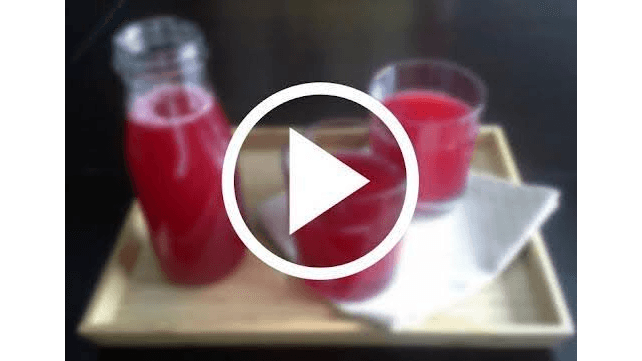Get Fit With Hiit: How To Track Your Workout Routine
Few people these days argue against the benefits of High-Intensity Interval Training (HIT). This method is known for its ability to improve the microvasculature, the network of tiny capillaries in large muscles, which offers internal protection against pre-diabetes and diabetes.
Despite the benefits, many debate how to identify the proper intensity in HIT. How can you be sure your heart rate is adequate, or that you’re exerting enough effort?
Some rely on gadgets like the Apple Watch for approximation. While I have detailed the principles of HIT and recommended exercises before, measuring intensity often correlates with recognizing your breathing pattern.
- Use a visual cue of how hard you're breathing.
- Recognize that it's challenging to measure heart rate under high exertion with conventional tools.
A critical indicator of sufficient intensity is the feeling of being unable to speak due to shortness of breath. This state differentiates high-intensity intervals from aerobic running, where conversation is possible.
Sometimes I use a pulse oximeter to check oxygen levels post-exercise. These tools, popularized during the COVID pandemic, can gauge oxygen saturation and heart rate easily.
- Place the pulse oximeter on your finger after an intense session.
- It provides insights into your heart rate and oxygen level, which reflect your effort.
Emphasizing simple, accessible tools will help refine your understanding of intensity during HIT sessions. Whether using modern tech like the Apple Watch or simpler methods, the goal is to achieve substantial physical exertion.
"You need to be gasping for breath during intense intervals," - the best determinant of effective HIT.
From Around The Web
Wellness Inbox is a blog & weekly newsletter that curates trending news and products related to health and wellness from around the web. We also gather content from various sources, including leading health professionals, and deliver it directly to you.
Please note that we may receive compensation if you purchase any products featured in our newsletter. Wellness Inbox is not affiliated with, nor does it endorse, any health professionals whose content may appear in our newsletter. The information provided is for general informational purposes only and should not be considered medical advice.
The information provided is not intended to replace professional medical advice, diagnosis, or treatment. All content, including text, graphics, images, and information available is for general informational purposes only. We do not guarantee the accuracy or completeness of any information presented and assume no liability for any errors or omissions. The content is subject to change without notice. We encourage you to verify any information with other reliable sources and consult your physician regarding any medical conditions or treatments.







